India’s latest budget, the first of Narendra Modi’s third term, has raised eyebrows for its long-term direction. There has not been the substantial increase in funding for science and technology hoped for, meaning that investment in the sector remains largely flat at 0.64% of GDP despite government claims of turning India into a science powerhouse.
Last February, the government announced it was setting up of Anusandhan National Research Foundation (ANRF) to give impetus to the country’s R&D – something that was broadly welcomed. INR500 billion (£4.7 billion) was allocated over five years for the venture. Furthermore, the government announced that 72% of the funding for ANRF would come from private sources.
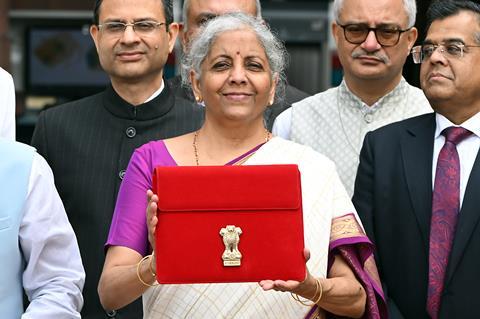
Last year, INR20 billion was allocated to the ANRF in the budget, whereas the actual expenditure was INR2.6 billion. The same allocation has been repeated this year by the finance minister Nirmala Seetharaman and the government has said it will now be fully operational.
‘The bulk of India’s science and technology budget and its financing – nearly 67% – is currently borne by the government, unlike other countries where the private sector plays a major funding role,’ notes Binay Panda, a biotechnology researcher at the Jawaharal Nehru University, Delhi. ‘How is the government going to raise 72% of ANRF funding from private sources now while we see no road map?,’ he adds.
Panda says India desperately needs to invest in science and improve the infrastructure of colleges and universities. ‘Our laboratory facilities and classrooms are abysmally pathetic and we are working with 18th-century infrastructure,’ he says. He laments that the newly appointed board and executive council of the ANRF have no representative from universities or Indian industry or even a single woman. He blames over-bureaucratisation of Indian institutions – from funding agencies to universities – for delays in sending money, to its late disbursement to users such as project investigators or research fellows. ‘If the ANRF has to play any meaningful role, we need serious reforms at all three levels – the government, institutions and the individual scientists,’ he says. ‘Without these reforms, the ANRF will remain an old wine in a new bottle.’
Momentous changes are also taking place elsewhere that are affecting science. The government has slashed the allocation for the University Grants Commission, the country’s higher education funder and regulator, by 61%. ‘The intent is absolutely clear – to give impetus to unbridled commercialisation and privatisation of higher education,’ says mathematician Nandita Narain, a retired professor from St Stephens College in Delhi University – an avid education policy watcher and President of the Democratic Teacher’s Front. ‘We are now in an era where publicly funded education is systematically and aggressively being dismantled and curtailed,’ she says. Both the Congress Party and the ruling Bharatiya Janata Party have been complicit in creating this situation, she says, which has been going on since the early 2000s.
Instead of government augmenting higher education funding, universities have been pushed to take large loans from the Higher Education Financing Agency since 2017. Consequently, financial support for publicly funded universities is being withdrawn while fees are being hiked. Student loans have also been expanded in the new budget. Affirmative action for lower castes and poorer students has suffered too.
Narain says that higher education was already facing difficult times with the pensions and salaries of academics often held up for months. There has been a tendency to use temporary lecturers on short-term contracts over permanent staff to cut corners, she adds. Post-Covid, there is an enormous effort to dilute classroom-based teaching and learning, Narain claims, and instead promote online learning to save on costs. ‘But then how do science students do practicals and learn science experimentally? It looks like they will now have to only watch practicals online!,’ she points out. ‘Higher education in India is being subverted and wrecked.’





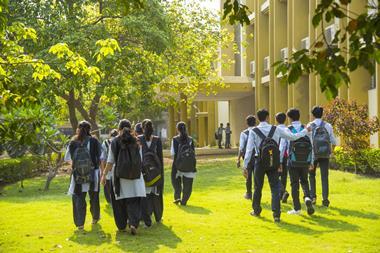

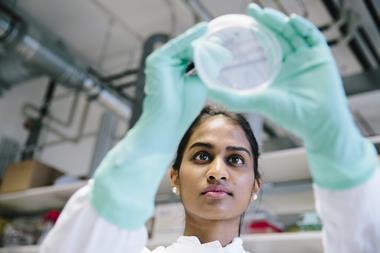

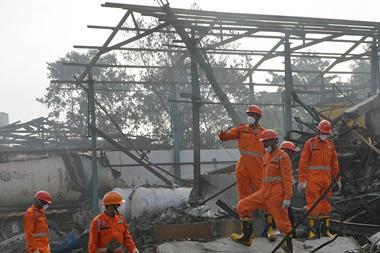

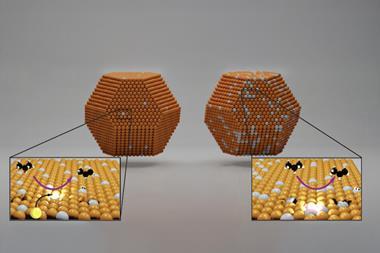




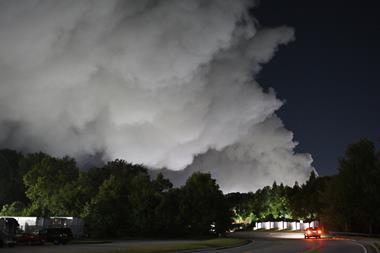
No comments yet